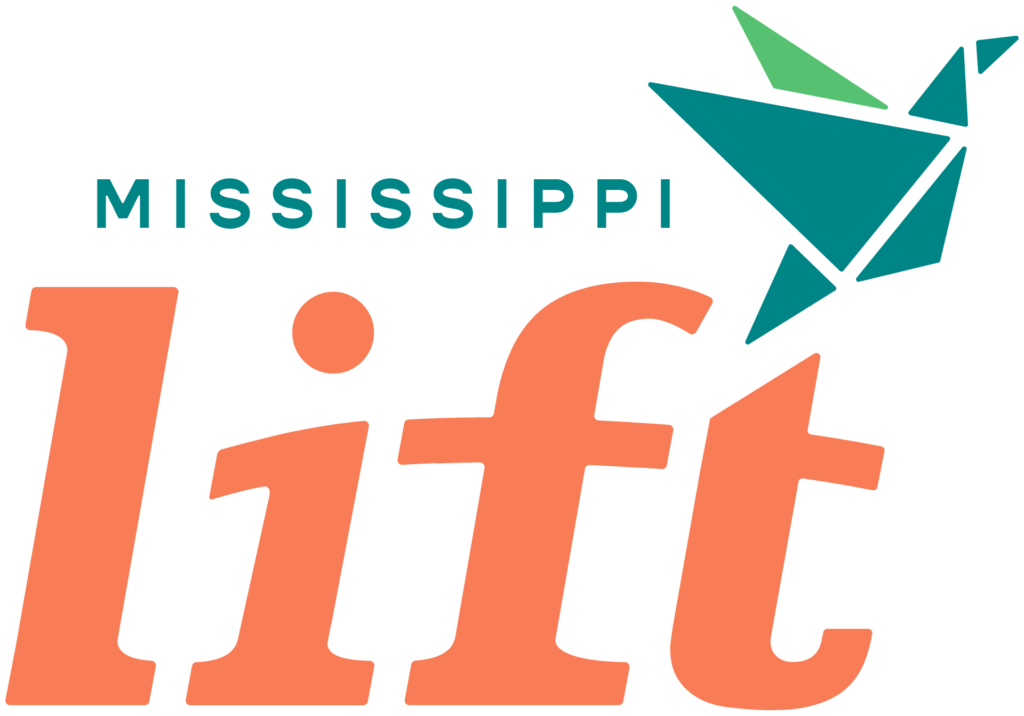The Cycle of Engagement Well Visit Planner® Approach (COE/WVP)
General Information
As noted earlier in this toolkit, in addition to step wise implementation of developmental, autism and maternal depression screening and health promotion resources, this toolkit also features information and access to an integrated approach to conduct all screens and assessments recommended through Bright Futures Guidelines for each age of a child from the first week of life through age six; as well as to both educate families and capture their priorities for discussion across the many recommended anticipatory guidance and education topics relevant for each age child.
This approach and set of resources is called the Cycle of Engagement Well Visit Planner® approach (COE/WVP) and was created and tested by the Child and Adolescent Health Measurement Initiative in partnership with providers, the American Academy of Pediatrics, families and others. The evidence-based COE/WVP begins with engaging families to use the brief Well Visit Planner (WVP) digital tool specifically created for and with families and that provides both the family and you with instant results and resource links based on child and family needs and priorities. This comprehensive, whole child and family approach is designed to make it feasible for providers to provide high-quality, guideline-based care anchored to the unique needs and priorities of each child and family so that time during encounters can focus on addressing needs and priorities, building relationship, and making connections to important community-based and other resources. With the Cycle of Engagement models’ Well Visit Planner (WVP), and its companion Online Promoting Healthy Development Survey family facing quality assessment and feedback tool, you can:
- Integrate and streamline family-reported screening and priority setting
- Prepare for and optimize time during visits to focus on the family’s agenda
- Focus on building strengths and coordinating resources and supports
- Continuously improve in partnership with families and communities
- Track population-level needs, priorities, and quality of care
Importantly, the COE/WVP approach helps you to both optimize billing for well child care visits and screenings, as well as to foster improvements in the quality of care you provide as measured by the National Committee for Quality Assurance (NCQA) Healthcare Effectiveness Data and Information Set (HEDIS) measures and the Medicaid Core Measurement Set. Specifically, the COE’s WVP and PHDS digital tools align with 7 of the 19 HEDIS measures for children, adolescents, and maternal health, 2 of the 4 HEDIS measures related to preventive care for children, and 5 out of 8 Medicaid Core Set “Primary Care Access and Preventive Care” measures also employed by Medicaid health plans. More information about the WVP and PHDS are provided below in this toolkit.
The CAHMI provides additional information on the development, validation, and implementation of the COE/WVP approach on their website. Learn more about how to get a free account using this Cycle of Engagement Sign Up Instructions worksheet. Review the Provider Fact Sheet to read more on creating your COE account.
Be sure to watch these short introductory videos:
CAHMI’s Cycle Of Engagement Well Visit Planner Approach to Care – Full Version (for Providers)
CAHMI’s Cycle Of Engagement Well Visit Planner Approach to Care – Short Version (for Providers)
Please email CAHMI team for more information at info@cycleofengagement.org for technical support or questions.
The Cycle of Engagement and Well Visit Approach to Care design, testing and implementation has been led by Dr. Christina Bethell of the Child and Adolescent Heath Measurement Initiative (CAHMI) based out of Johns Hopkins University’s Bloomberg School of Public Health and School of Medicine. The Cycle of Engagement model and Well Visit Planner and Promoting Healthy Development Survey digital tools were designed and tested by the Child and Adolescent Health Measurement Initiative in partnership with families, providers, experts, and researchers. Visit the CAHMI website to see more of their work.
About This Resource
The overarching goal of the Child Health and Development Project (Mississippi Thrive!) has been to improve developmental health outcomes for young children through the building of a statewide developmental and behavioral health system. As part of the system build MST worked with health care providers to increase developmental screenings, connect more children to the services they need, and equip providers with materials and resources to promote developmental and behavioral health with caregivers at wellness visits. Additional work was conducted to advance more comprehensive, family-engaged, whole child approaches.
This toolkit provides information about the specific resources and approaches used to support health care providers at the University of Mississippi Medical Center to integrate developmental screening and additional approaches to engage families and conduct comprehensive screening and personalized health promotion into their pediatric practices as well as lessons learned. It was modeled after the Louisiana Developmental Screening Toolkit created by the Developmental Screening Initiative at the Louisiana Bureau of Family Health. It incorporates a Continuous Quality Improvement framework based on the clinical practice guidelines form the American Academy of Pediatrics.
This toolkit was developed by the Mississippi Thrive! Enhanced Pediatric Medical Home Services (EPMHS) team in partnership with The Child and Adolescent Health Measurement Initiative (CAHMI). The Child Health and Development Project: Mississippi Thrive! (CHDP) was a project of the University of Mississippi Medical Center’s (UMMC) Center for the Advancement of Youth (CAY) and the Social Science Research Center (SSRC) of Mississippi State University (MSU).
This project was supported by the Health Resources and Services Administration (HRSA) of the U.S. Department of Health and Human Services (HHS) as part of an award totaling $17.4 million with 0 percent financed with non-governmental sources. The contents are those of the author(s) and do not necessarily represent the official views of, nor an endorsement, by HRSA, HHS, or the U.S. Government. For more information, please visit HRSA.gov today. The Child and Adolescent Health Measurement Initiative (CAHMI) is a national non-profit initiative founded in 1996 to promote the early and lifelong health of children, youth and families using family-centered health and health care quality data and improvement tools and research. The Cycle of Engagement Well Visit Planner approach was developed and is maintained by the Child and Adolescent Health Measurement Initiative (CAHMI).














